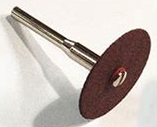If you still have some threads left in the stripped terminal --I'd try red loctite----If need be you can use a heat gun to get them out --as long as you have enough threads left to tighten the stud up --I have used this method on thermostat housings on aluminum intakes
make sure everything is clean and oil free
make sure everything is clean and oil free




